We have much more to do and your continued support is needed now more than ever.
Tongue River Railroad Roar Comes to a Screeching Halt
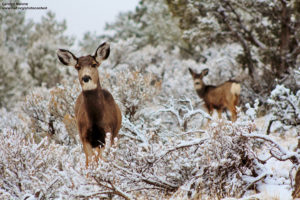
As I approached the small town of Elliston at the western foot of MacDonald Pass, a herd of mule deer that were grazing in the moonlight darted onto the road in front of me, headed toward the river. At the same time, a coal train, 120 cars long, came surging around the bend in the opposite direction, headlight blinding, horn blaring, earth shaking, cutting off the herd’s access to the river.
Luckily, I didn’t hit a single deer. But they surely didn’t escape the coal train.
A 120-car coal train is about 1 ¼ miles long and takes about a mile to stop.
Down in Tongue River Valley of southeastern Montana, mule deer can fortunately roam from the mountains and meadows to the river, unbounded by coal trains—at least for now. The Tongue River Railroad application was recently suspended by its owners on November 25th. The reasons cited were the failure of the Otter Creek mine to be permitted and soft coal markets, both of which were understatements.
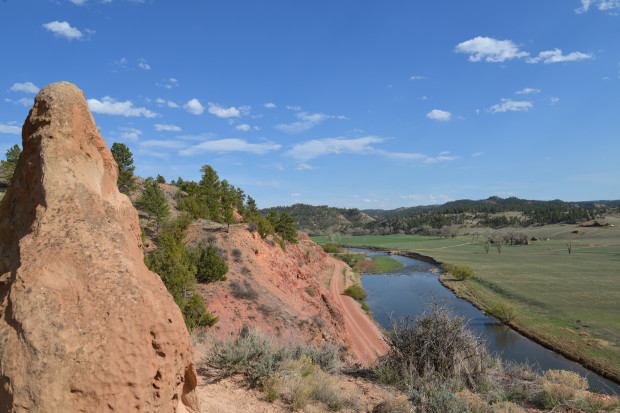
The combined impacts of the Tongue River Railroad and the Otter Creek coal mine would be devastating to the Tongue River Valley, which boasts some of Montana’s best mule deer habitat. It is also home to a magnificent elk population as well as pronghorn, black bears, wild turkeys, and other wildlife too numerous to mention.
It is a rugged, yet fragile landscape where the silence is rarely broken except for the wind rustling the trees, the click of hooves over rocks, your own boots crunching over snow, or the howl of coyotes off in the distance on a moonlit night. Out there, you can almost hear the shooting stars.
The Tongue River Railroad isn’t dead yet. But for now, herds of mule deer can roam the land from the mountains to the rivers, unbounded by coal trains.
 Click to Tweet: “Tongue River Railroad put on hold. Mule deer and other wildlife species’ home protected for now.”
Click to Tweet: “Tongue River Railroad put on hold. Mule deer and other wildlife species’ home protected for now.”
 About the Author: Brenda Lindlief Hall is a native Montanan and attorney residing in Missoula. She is the National Wildlife Federation’s coal program coordinator for the Northern Plains and Pacific Northwest regions. For the last 16 years, she has represented ranchers in the Tongue River Valley of southeastern Montana in their fight to protect their water quality, water rights, ranches, and wildlife that are threatened by coal mines, including the proposed Otter Creek Coal Mine, the proposed Tongue River Railroad, and coal-bed methane development.
About the Author: Brenda Lindlief Hall is a native Montanan and attorney residing in Missoula. She is the National Wildlife Federation’s coal program coordinator for the Northern Plains and Pacific Northwest regions. For the last 16 years, she has represented ranchers in the Tongue River Valley of southeastern Montana in their fight to protect their water quality, water rights, ranches, and wildlife that are threatened by coal mines, including the proposed Otter Creek Coal Mine, the proposed Tongue River Railroad, and coal-bed methane development.








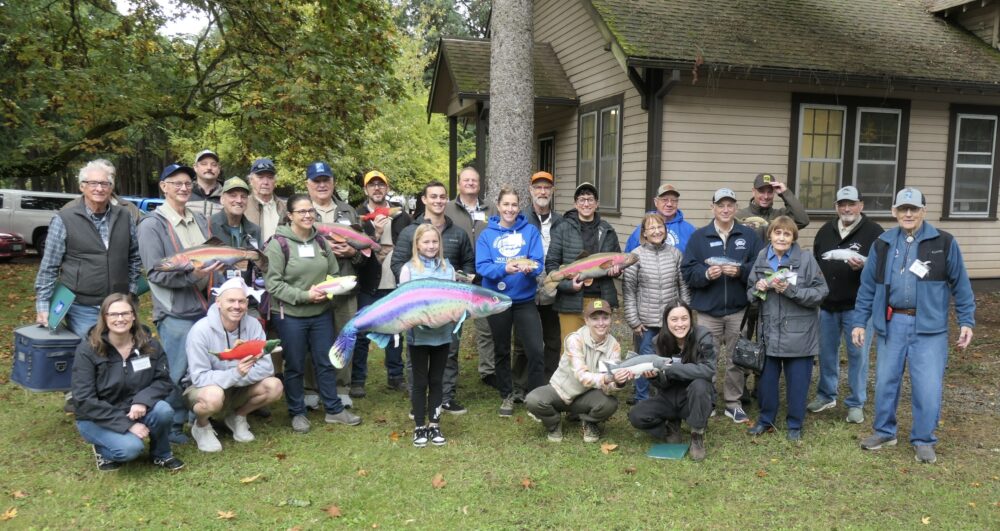
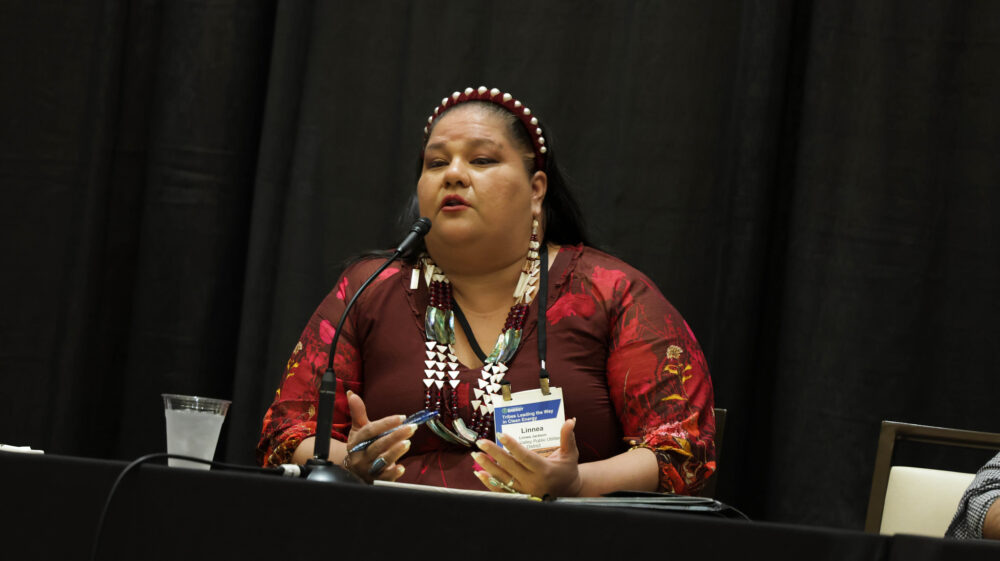
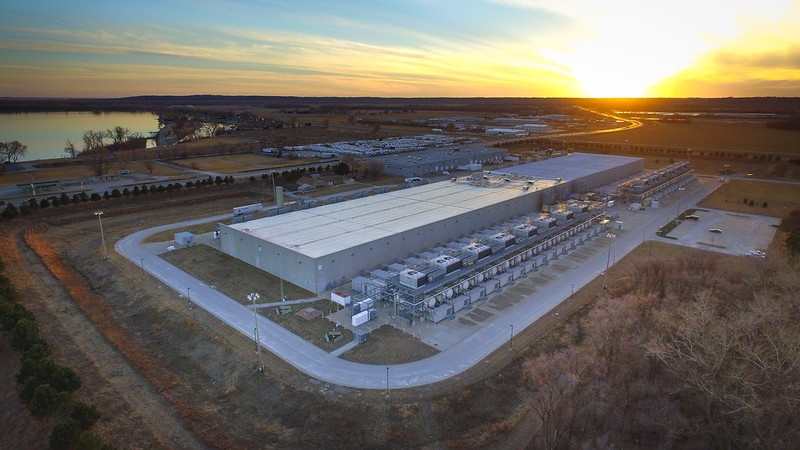


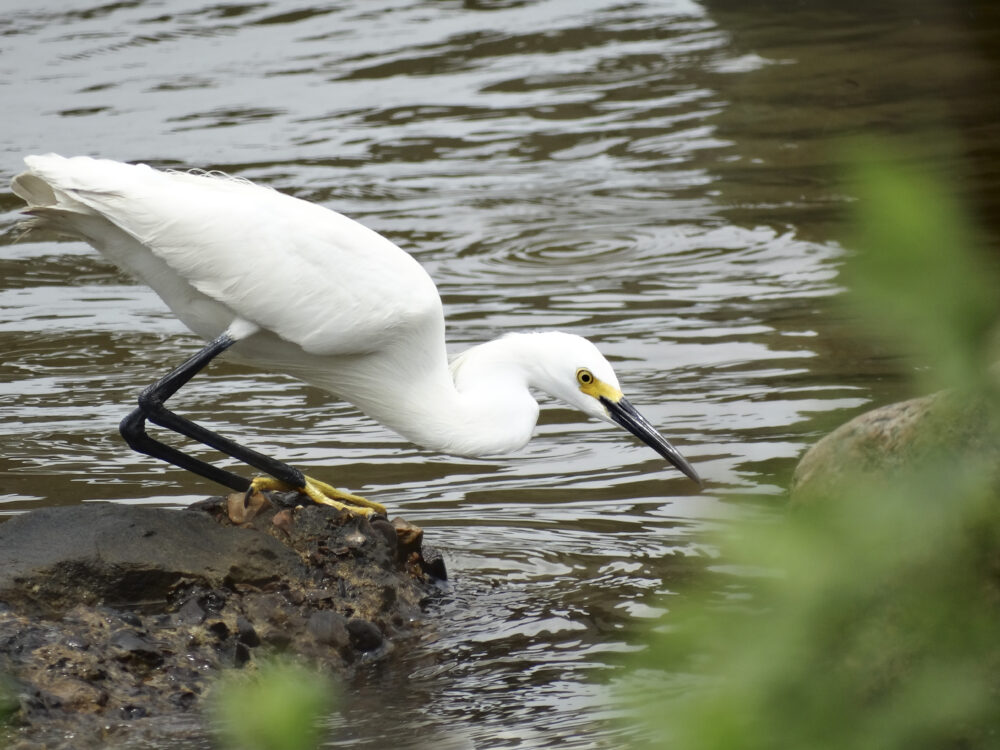
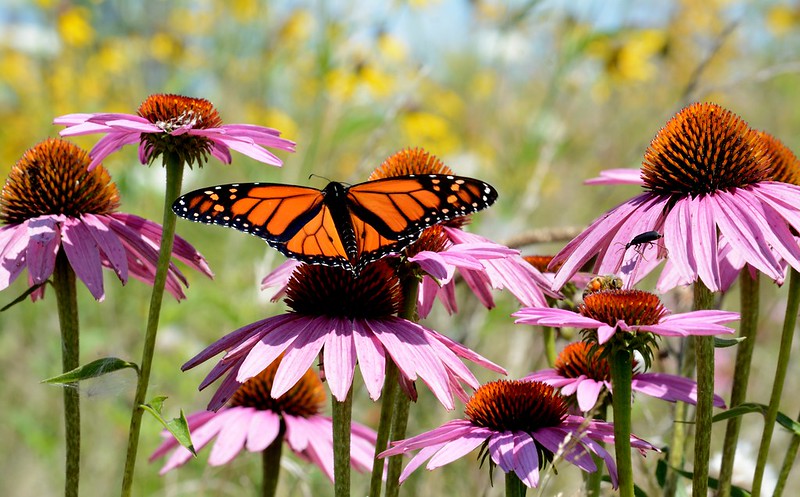






Building Momentum: What’s Next for Beaver Conservation in Colorado